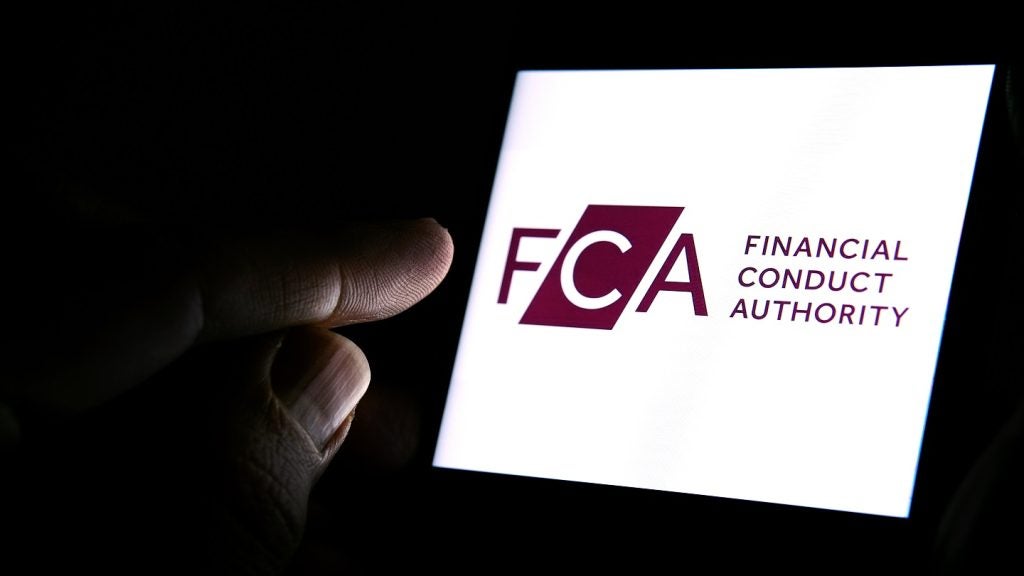 Question: What is
Question: What is
the appetite for risk in the sector?
Gerard Moon: It
has shrunk a great deal. The facilities on offer are getting
smaller. Having experience of several financial institutions, I
know that the amount of time spent looking at cash flow and debt
serviceability in clients is still high.
Undisclosed agency facilities
taking into account end-user risk are harder to get, and
underwriting is generally taking longer to reach a decision.
On a wider level, I think the fact
there were 19 funders in the contract hire sector two years ago and
10 at present shows the amount of money taken out of the
sector.
Paul Brotherton: Our risk appetite
in the POS market has not changed too much in the past few years,
although this differs from the situation in the fleet market.
This difference is probably more
due to lack of liquidity and preciousness of assets than risk
appetite.
How well do you really know your competitors?
Access the most comprehensive Company Profiles on the market, powered by GlobalData. Save hours of research. Gain competitive edge.

Thank you!
Your download email will arrive shortly
Not ready to buy yet? Download a free sample
We are confident about the unique quality of our Company Profiles. However, we want you to make the most beneficial decision for your business, so we offer a free sample that you can download by submitting the below form
By GlobalDataWe have used a rate-for-risk
product in the market and it’s been broadly successful, but there
is not the take-up we would like, and with few competitors offering
something similar, it’s difficult for one supplier to lead the
way.
Andy Shuter: I think rate for risk
is fundamentally wrong for the UK – consumers seeing cheap
manufacturer deals advertised can be disappointed to be declined,
and find the deal much more expensive to get through a non-captive
lender.
Another problem is that, unlike in
the US, a dealer has no way to grade a customer before they quote
them – they have to come up with an almost arbitrary price. If a
dealer could access a customer’s credit rating before quoting a
payment, they could better manage their expectation.
 Paul
Paul
Brotherton: As a lender, we wouldn’t necessarily have an
issue with it, but whether the customer would is another
matter.
The other model is for the dealer
to give us a customer’s details, and for us to tell them the rate.
That’s our preferred route – to give the dealer a ballpark figure
of what rate they need to offer to gain that customer’s
business.
It would be a huge cultural change
to move to the situation that exists in the US, and it needs
everyone working together.
Colin Thornton: I
don’t think we have raised the bar, but it has been more difficult
for limited companies and SMEs to get to that bar.
At the moment we do ask for a lot
more information when underwriting. No disrespect to those who deal
with dealers, but some find it a struggle to get that information,
and so many deals either end up as outright purchases or lower-risk
product sales.
Graham Hill: Over
the past couple of months there has been a higher acceptance rate,
as observed by many of my broker colleagues.
End-of-contract issues are a
problem, however – it is an area where funders are recovering their
losses. Charges at the end of lease over what customers feel is
normal wear and tear is damaging consumer confidence in contract
hire.
I would welcome the BVRLA taking a
more active stance in telling SMEs and consumers what is acceptable
and what isn’t on that front.
Question: What is the
outlook for residual values (RVs)?
Colin Thornton: I
think that they will be set lower than they are currently. Look at
the economic drivers: a population with less disposable income, a
higher cost of capital, higher unemployment, higher VAT – all the
demand factors are set at red in my opinion.
The only plus factor is that there
will be less supply into the market, so registration over the next
one to three years will be lower than they have been. I predict
residual values in next three to four years will be lower by
10-15%.
Colin Tourick: The
only point that I would make on residuals is that many contract
hire companies I work with are saying the market is going to be
dreadful in the next two or three years and are marking down
residuals accordingly.
Looking four years ahead, they
think things will have improved, making their four-year residuals
look quite strong. This is creating an interesting pricing
situation for their clients: three-year deals can look very
expensive, while four-year deals can look remarkably cheap.
Colin Thornton: If
you apply some science to the recessions in the past – the last
recession in particular – and you look to see how long it takes
values to get from their lowest point to their pre-recession
strength, it takes at least five years, and in the worst cases,
eight years.
Andy Shuter:
Manufacturers will continue to subsidise buyback figures. The
majority of finance companies will use CAP monitor to set their
future value – normally about 85%. What manufacturers will often do
is agree to have the value set at 92% and underwrite the
difference.
Paul Brotherton:
Certainly the captives seem to be using PCP too, far more than ever
before.
Colin Tourick: It
used to be that when you looked at the RVs set by contract hire
companies, you would find that, in some cases, they would be above
market average, and in some cases they would be below.
They made their decisions on a
model-by-model basis. For the first time, I’ve heard
lots of contract hire companies saying they want to have very high
RVs across everything, or very low RVs versus the market
average.
Their view is that the market has got it wrong – that RVs will
do very well and therefore all RVs have got to be high. Or
conversely, that they need to repair their balance sheets and not
take big risks, and will therefore keep our RVs low compared to the
market.







